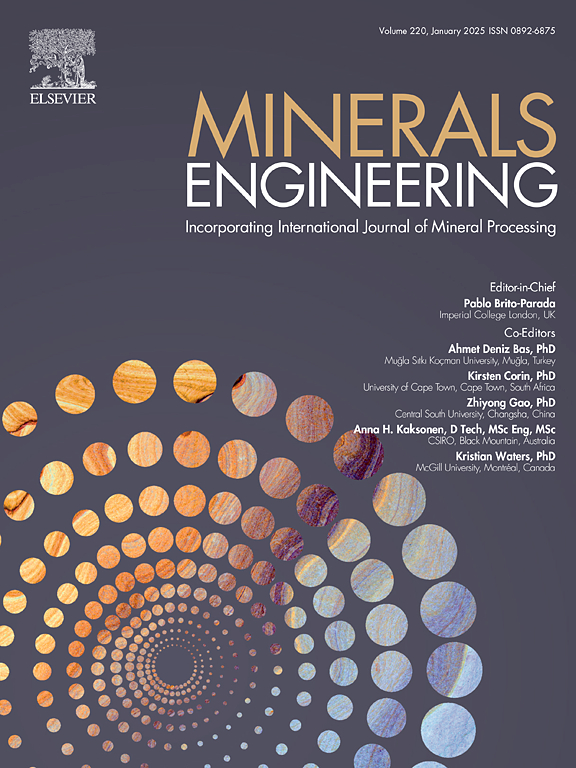电池废物管理的基于生物过程的回收和再循环技术综述:从环境危害到可持续性的过渡
IF 5
2区 工程技术
Q1 ENGINEERING, CHEMICAL
引用次数: 0
摘要
电池废物由于使用量增加和处置不当而造成生态、经济和健康风险。堆积在垃圾填埋场释放有毒化合物,而有价值的金属仍然无法回收。相反,电池废弃物也被定性为二次资源,因为它比原生矿石的金属含量更高。传统的方法,如火法冶金和湿法冶金,价格昂贵,能源密集,污染严重。这一转变强调了可持续资源管理的必要性,以回收废旧电池材料中的成分,因为金属资源的枯竭是最关键的环境和社会经济问题之一。生物浸出、生物吸附、生物矿化和生物电化学系统等生物过程在本综述中被强调为可持续的、选择性的回收替代方案。本文从循环经济的角度探讨了农业废弃物在废物增值和金属提取中的双重作用。详细讨论了微生物-金属和农业废物相互作用的机理理解,强调生物过程的顺序集成,将生物过程与传统技术相结合的混合系统以及提高回收效率。讨论了可扩展性的进展、挑战和障碍,解决了新兴电池污染物的毒理学问题。该综述促进了基于生物的环保回收工艺,以期实现减少环境影响、提高金属回收率和有效整合资源循环经济的目标。本文章由计算机程序翻译,如有差异,请以英文原文为准。

An overview of bioprocess based recovery and recycling techniques for battery waste management: Transitioning from environmental hazard to sustainability
Battery waste poses ecological, economic and health risks due to rising usage and improper disposal. Accumulation in landfills releases toxic compounds, while valuable metals remain unrecycled. Conversely, battery waste is also characterized as secondary resource because it has a higher metal content than primary ores. Conventional approaches, such as pyrometallurgy and hydrometallurgy are expensive, energy intensive, and polluting. This shift highlights the need for sustainable resource management to recover constituents from spent battery materials, as depletion of metallic resources is one of the most critical environmental and socioeconomic concerns Bioprocesses such as bioleaching, biosorption, biomineralization and bio-electrochemical systems are highlighted in this review as sustainable, selective recovery alternatives. This review explores the dual role of agricultural waste for waste valorization and metal extraction aligning with circular economy principles. Mechanistic understanding of microbe-metal and agricultural waste interactions is discussed in detail, emphasizing on sequential integration of bioprocesses, hybrid systems combining bioprocesses with conventional techniques and improving recovery efficiency. Progress, challenges and barriers in scalability are discussed, addressing toxicological concerns of emerging battery contaminants. The review promotes bio-based eco-friendly recovery processes, with vision to achieve reduced environmental impact, improved metal recovery and efficient integration of circular economy of resources.
求助全文
通过发布文献求助,成功后即可免费获取论文全文。
去求助
来源期刊

Minerals Engineering
工程技术-工程:化工
CiteScore
8.70
自引率
18.80%
发文量
519
审稿时长
81 days
期刊介绍:
The purpose of the journal is to provide for the rapid publication of topical papers featuring the latest developments in the allied fields of mineral processing and extractive metallurgy. Its wide ranging coverage of research and practical (operating) topics includes physical separation methods, such as comminution, flotation concentration and dewatering, chemical methods such as bio-, hydro-, and electro-metallurgy, analytical techniques, process control, simulation and instrumentation, and mineralogical aspects of processing. Environmental issues, particularly those pertaining to sustainable development, will also be strongly covered.
 求助内容:
求助内容: 应助结果提醒方式:
应助结果提醒方式:


